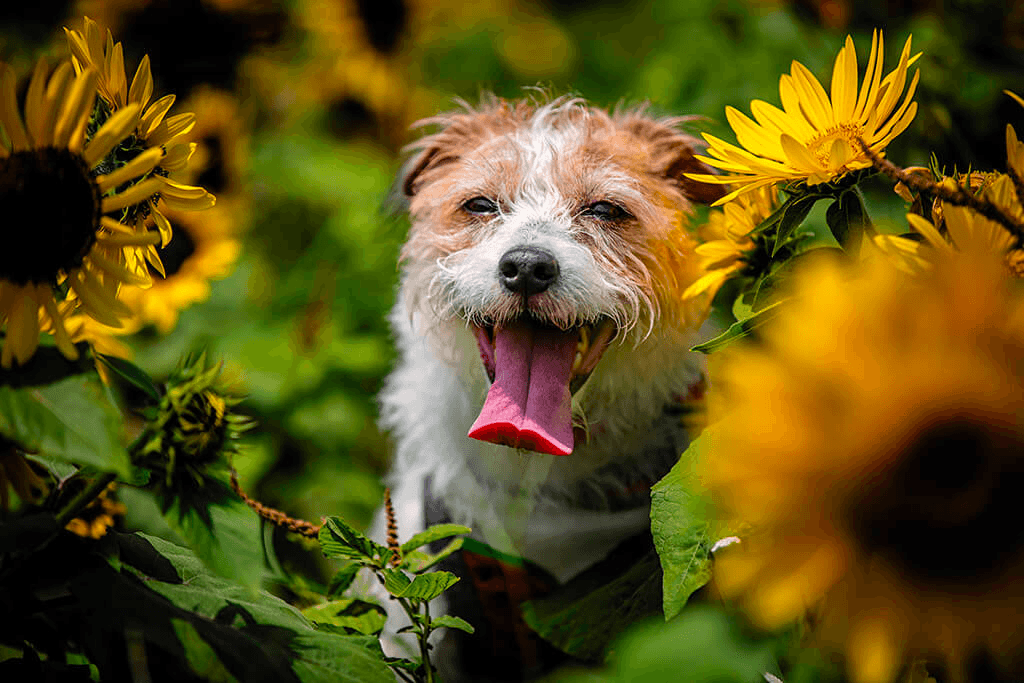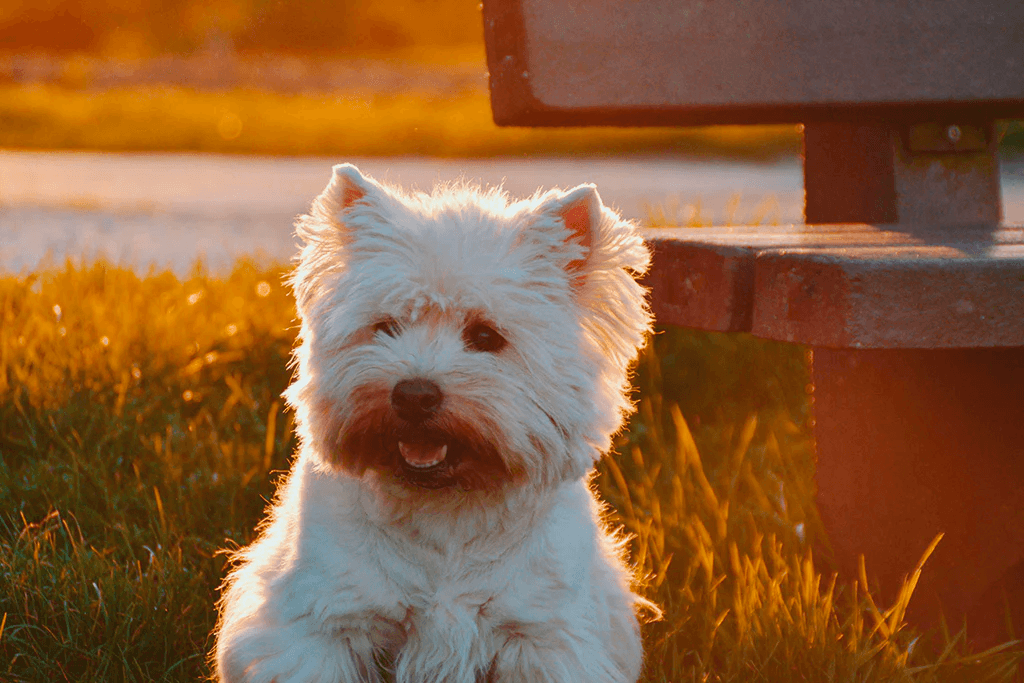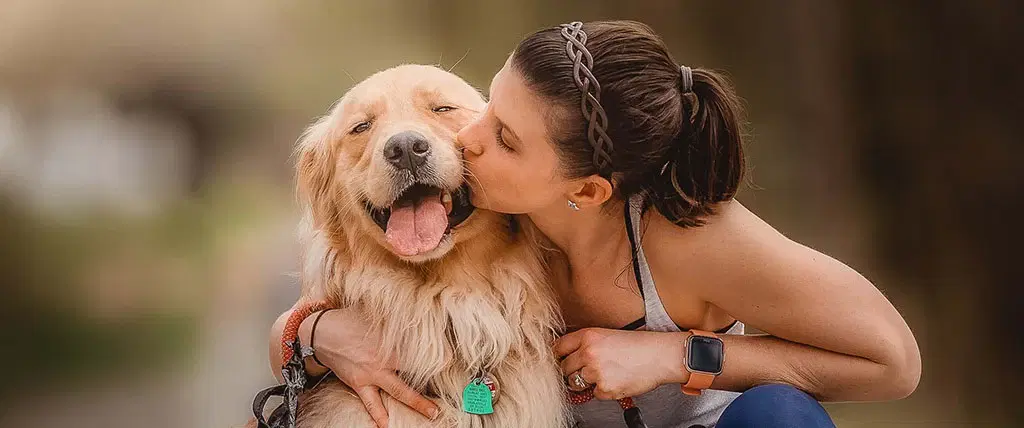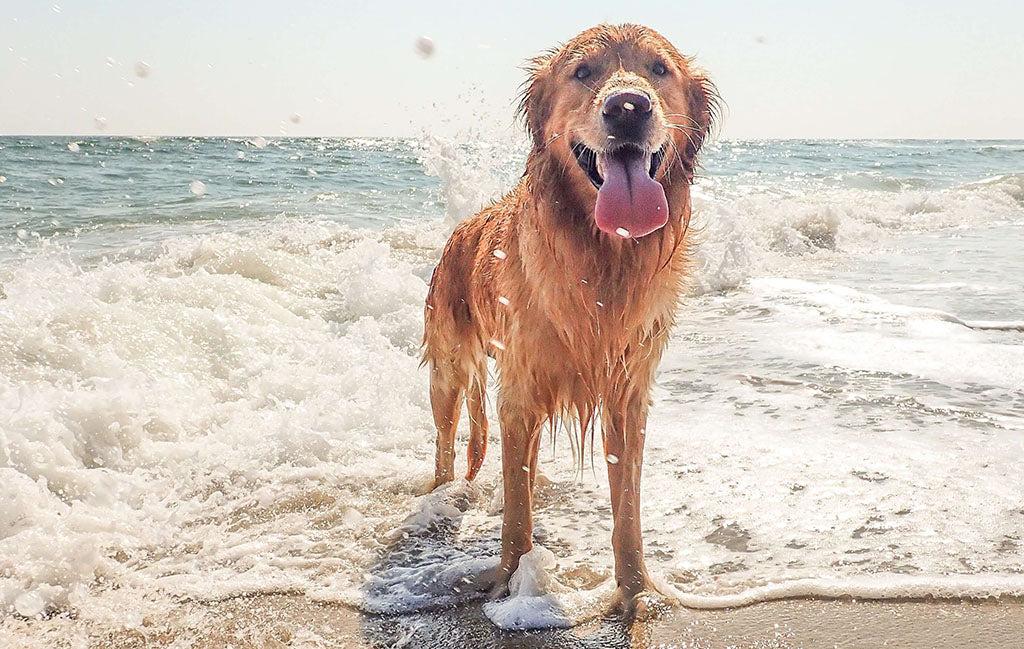Dog dehydration happens when your pup’s body loses more fluid than it takes in. To prevent the loss of essential electrolytes, like sodium, chloride, and potassium, deal with dog dehydration straight away, and make sure to consult your veterinarian if you are concerned that your dog may be dehydrated.
- Home/
- Dog/
- Health & Wellness/
- Dehydration in Dogs: How To Spot The Signs & Encourage Water Intake
Dehydration in Dogs: How To Spot The Signs & Encourage Water Intake

Quick takeaway: Dog dehydration happens when your pup’s body loses more fluid than it takes in. To prevent the loss of essential electrolytes, like sodium, chloride, and potassium, deal with dog dehydration straight away, by ensuring easy access to fresh water, using multiple water bowls, adding water-rich foods to your dog’s diet and considering the addition of a tasty, high-quality flavoring suitable for dogs to their water bowl. Always seek veterinarian advice if you are concerned that your dog may be dehydrated.
Table of Contents: Dog Dehydration Guide
- What Is Dog Dehydration?
- What causes dehydration in dogs?
- What are the signs of dehydration in dogs?
- When should I take my dog to the vet for dehydration?
- Further reading: Dehydration in dogs
- Conclusion: Spotting the signs of dog dehydration & acting accordingly
What Is Dog Dehydration?
It’s normal for your dog’s body to gain and lose water during the day. Dog dehydration happens when your pup’s body loses more fluid than it takes in. Without enough fluids, it may become harder for your dog’s body to absorb nutrients effectively, and circulation can slow, reducing the delivery of oxygen to vital organs.
When dogs become dehydrated, they may also lose essential electrolytes like sodium, chloride, and potassium, which help support functions like muscle control and nerve response. In severe cases, prolonged dehydration may contribute to more serious issues, such as kidney strain or dysfunction, which is why early detection and treatment are so important.
Dehydration is a serious concern for dog owners. That’s why it’s really important that your dog has constant access to fresh, clean water throughout the day, so they can drink enough to offset the fluid they will lose through panting, breathing, going to the toilet and paw evaporation.
If you’ve noticed a decrease in the amount of water your dog is drinking, you may be worried about dehydration. Knowing how to spot the signs when your dog isn’t drinking enough water can help you keep them healthily hydrated, especially during the hot summer months. In this guide, we discuss how to determine if a dog is dehydrated, promote healthy hydration, and know when to take your pup to the vet if they are not drinking enough water voluntarily.
What Causes Dehydration In Dogs?
There are several reasons why your dog might be drinking less, ranging from illness to simply not feeling like it. Here are some of the most common reasons dogs don’t drink enough water:
- Just not feeling like it. Some dogs drink less than others and need a little encouragement to stay consistently hydrated.
- Hot weather: Dogs need to drink more water during hot weather so that they don’t become dehydrated. Panting and evaporation increase as the weather gets warmer, requiring your dog’s water intake to increase too, as compensation for the additional lost liquids.
- Illness: If your dog is feeling poorly, they may lose more liquids through vomiting, loose stools and sweating. They may also feel less inclined to eat or drink because of their discomfort.
- Dental problems: If your dog has a dental issue, drinking might be uncomfortable.
- Travel or stress: New environments or routines can disrupt your dog’s water intake, especially during travel or boarding.
Whatever the reason for your dog drinking less, it’s important to monitor their water intake and intervene if they don’t resume drinking a normal amount within 24 hours, or even sooner if they are very young, old, or vulnerable.
What Are The Signs of Dehydration in Dogs?
Knowing how to spot the signs of dehydration in dogs can help you act quickly. Look out for these common indicators:
- Dry or sticky gums: Your dog’s gums should be moist. If they feel tacky, this could be a sign of dehydration or other health concerns.
- Sunken eyes: Dehydration can cause a visible change in the eyes, causing them to appear sunken.
- Lethargy: If your pup seems tired or less active than usual, dehydration might be a factor. Keeping a close eye on other signs of illness or discomfort is key, as a general laziness or occasional sleepiness is usually not cause for concern.
- Loss of skin elasticity: You can tell whether your dog is losing skin elasticity by gently pinching the skin at the back of their neck. If it doesn’t snap back quickly, they may be dehydrated.
- Dark yellow or reduced urine output: This can indicate concentrated urine, a possible sign of dehydration.
How Can I Make Sure My Dog Drinks Enough Water?

It isn’t always easy to monitor your dog’s water intake, especially if you’re working or your dog tends to drink at different times of the day. Here are some helpful ways to encourage your dog to drink more water.
- Ensure your dog always has access to clean, fresh water: Keep their bowl topped up and check on it throughout the day
- Use multiple water bowls: Place bowls in different locations around your home to make water more accessible.
- Try a pet water fountain: Some dogs are more interested in running water than still water.
- Add water-rich foods: Include wet food or water-rich treats in your dog’s meals, or try topping dry food with a splash of water.
- Flavor their water: Some dogs respond well to a splash of low-sodium bone broth added to their water; just be sure it doesn’t contain onions, garlic, or added salt. You can also add a few ice cubes with a treat inside to make hydration more fun and encourage increased water intake.

When Should I Take My Dog To The Vet for Dehydration?
While it’s common for dogs to have periods where they drink a little less, especially if they’re feeling uncomfortable or the weather is cooler, there are certain key signs to look out for that may signal dehydration in dogs – knowing these and being able to spot them can help you support your dog appropriately and get them to the vet when necessary.
Contact your vet if your dog:
- Refuses to drink water at all for more than 24 hours
- Is vomiting or has diarrhea, and shows signs of dehydration
- Appears lethargic, confused, or weak
- Has dry gums, sunken eyes, and skin that doesn’t bounce back
- Is a puppy, senior, or has an existing health condition and is refusing water for more than a few hours – these dogs are more vulnerable to dehydration.
Your vet may recommend fluid therapy or other treatments depending on the severity and cause.
Further Reading: Dehydration in Dogs
Want to learn more about dehydration in dogs? Here are a few of our trusted sources for further information:
- Warning Signs of Dehydration in Dogs – American Kennel Club
- Is My Dog Dehydrated? – PetMD
- What is Dog Dehydration? – Vetsnow
Conclusion: Spotting The Signs of Dog Dehydration & Acting Accordingly
Dehydration can affect dogs of all ages, including active and healthy ones, especially during warmer months. The good news is that with a little vigilance and some simple hydration strategies, you can help your dog stay cool, comfortable, and well-hydrated. If you’re ever unsure whether your dog is drinking enough or notice any unusual symptoms, don’t wait – check with your vet to be safe.
This article is for informational purposes only and is not a substitute for professional veterinary advice. If you have any concerns about your dog’s hydration or health, consult your veterinarian.
 C
C



